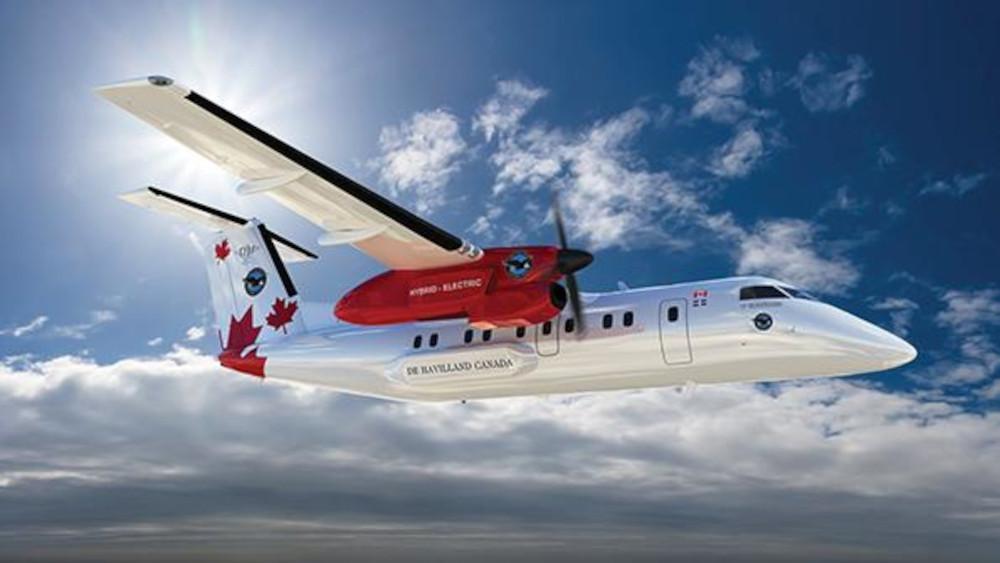
Pratt & Whitney Canada’s PW100 line is the most dominant engine in any class, powering almost every major turboprop platform in the world.
These include the ATR and De Havilland Canada Dash 8 families, the Embraer 120, the Fokker 50 and the Xian MA60.
With a captive market, there is currently little competitive pressure on the engine OEM, but that might change if electric and hybrid aircraft gain traction over the next decade, given their potential for regional air transport solutions.
This provides OEMs with an incentive to keep operating costs down for turboprop operators, which has led to P&WC certifying the PW127XT-M.
The update of the PW127M provides only a small, 3% fuel burn advantage over its predecessor, but P&WC is also offering 40% longer time on wing and 20% lower maintenance costs, according to Pratt & Whitney.
For future ATR operators these improvements will dovetail with new airframe maintenance efficiencies.
Last year, the Toulouse-based aircraft manufacturer extended the C check maintenance interval for all its aircraft from 5,000 to 8,000 flight hours.
“By extending the intervals between these heavy maintenance checks, we offer our operators the potential to generate more revenues, as they will see their aircraft flying up to three more days a year when considering both A and C check improvements now in place,” noted David Brigante, ATR’s senior vice president for customer support and services, at the time
In February 2019, ATR received certification from the European Union Aviation Safety Agency to extend the intervals between A checks from 500 to 750 hours, for all its aircraft series.
Aviation Week Network’s 2022 Fleet & MRO Forecast predicts that maintenance demand for all ATR aircraft will fluctuate between about $1.2 billion and $1.5 billion annually for the next 10 years.
Of that, the biggest chunk each will be for maintenance of the ATR’s turboprop engine, for which demand is forecast to swing between about $550 million and $800 million annually.





